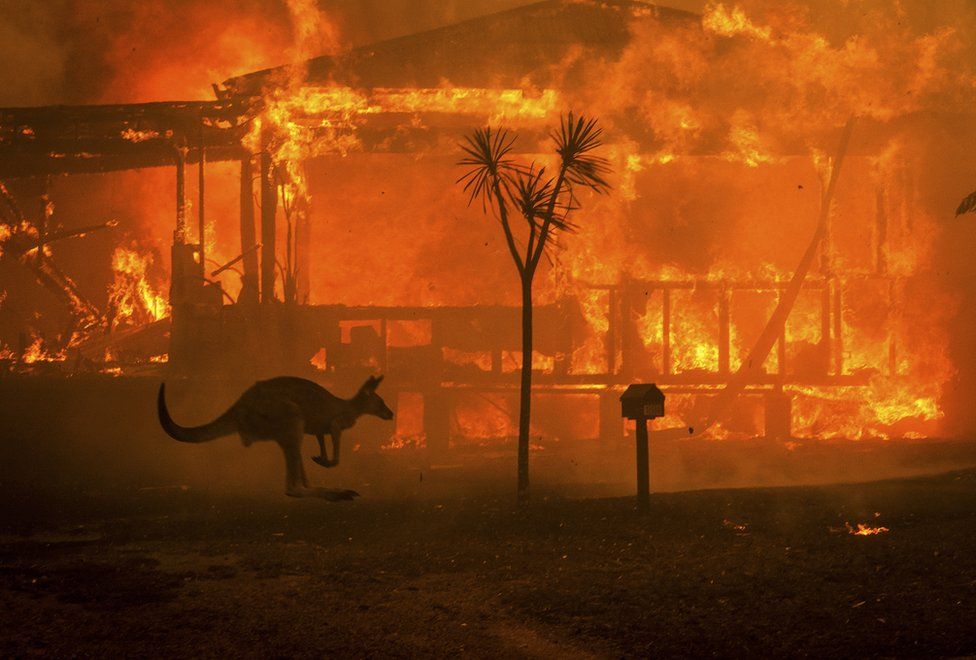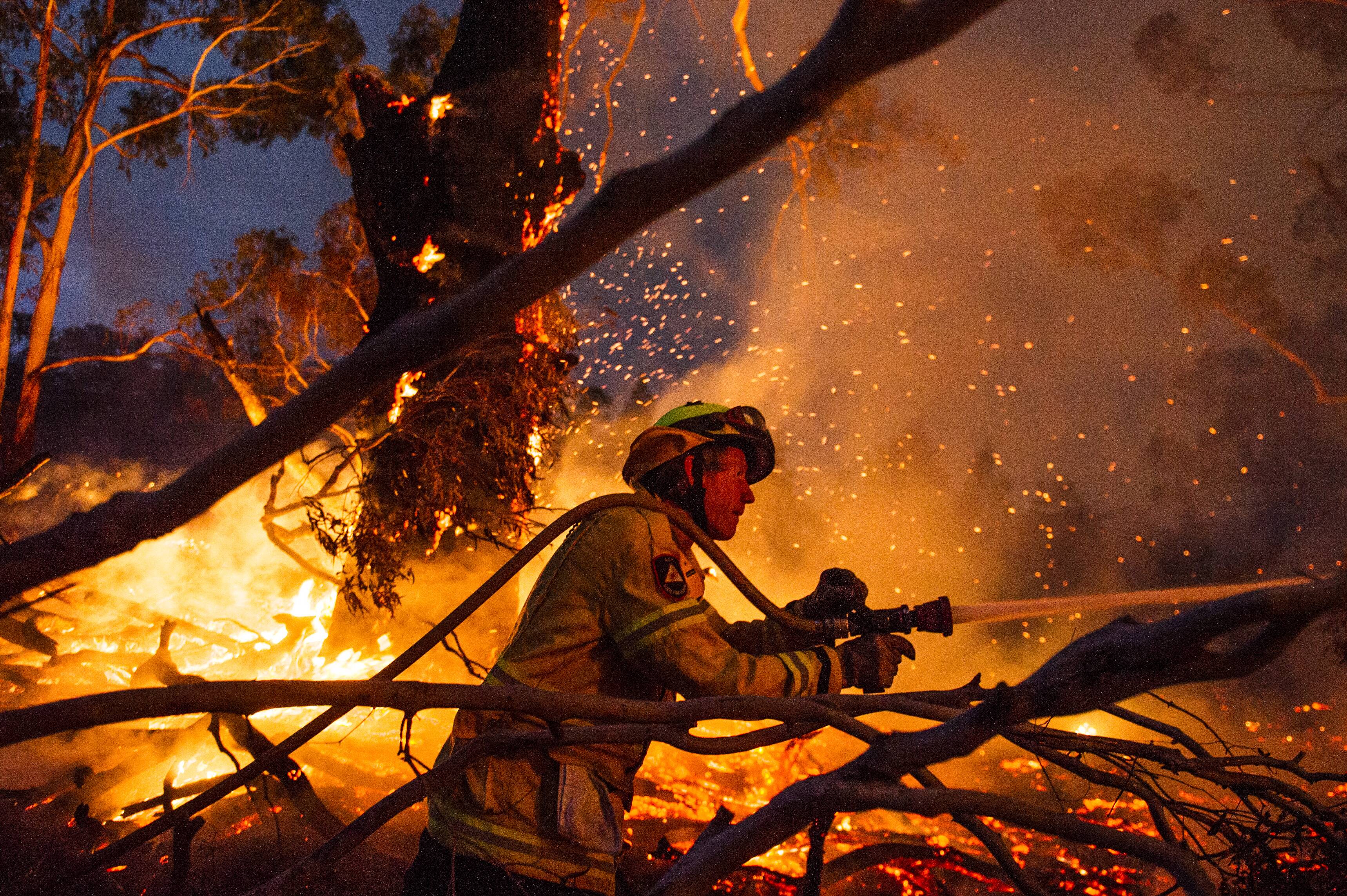Exactly How BAL Record Impacts Shrub Fire Security Measures
In the world of bush fire defense, the Building Strike Level (BAL) report stands as an essential tool that substantially affects the safety and strength of residential or commercial properties in fire-prone locations - BAL Report. The influence of a BAL assessment prolongs much beyond plain documents; it serves as the foundation for figuring out the suitable construction criteria and fire defense actions required to reduce the risks positioned by bushfires. As communities face progressively severe fire seasons, understanding just how the BAL report shapes these protective procedures becomes vital for policymakers, home owners, and home builders alike
Recognizing the Bushfire Attack Level

Value of BAL Record Analysis

Additionally, the BAL record assessment works as a foundational step in following legal responsibilities and requirements associated with bushfire defense. Regional councils and authorities usually mandate the entry of a BAL record as part of the preparation and structure approval process to ensure that residential or commercial properties are adequately guarded versus bushfire dangers. Falling short to conduct an extensive BAL record analysis can result in insufficient security procedures, leaving properties prone to ruining bushfire incidents.
Construction Criteria Based on BAL
A comprehensive understanding of the Bushfire Attack Level (BAL) enables homeowner to apply construction criteria customized to their specific danger account. Building and construction standards based on BAL are critical in alleviating the effect of bushfires on properties. The BAL score classifies the prospective risk a residential property deals with throughout a bushfire on a range from BAL-Low to BAL-FZ (Flame Area) Each BAL level matches to certain construction needs detailed in the Australian Conventional AS3959-2018 Building of Structures in Bushfire-Prone Areas. As an example, residential or commercial properties categorized as BAL-Low might only call for basic procedures such as clearing debris and keeping gardens, while those in greater BAL categories require more durable steps like ember displays, fire-resistant products, and sealed home windows. Abiding by these building and construction standards not just improves the structural durability of the residential property but likewise boosts the general safety and security of citizens throughout visit this site right here a bushfire event. Therefore, property proprietors should carefully consider their BAL score and abide by the matching building and construction requirements to adequately protect their homes and residents.
Applying Fire Defense Actions
With the structure of construction requirements based upon Bushfire Strike Level (BAL) in position, the focus currently shifts towards the practical application of fire protection measures to fortify buildings versus bushfire threats. Executing fire security steps entails a combination of passive and active approaches to boost the strength of structures in bushfire-prone areas. Easy actions include using fire-resistant structure materials, setting up cinder guards on vents, securing gaps in roofing systems and walls, and preserving a clear room around the home without flammable plants. Active steps incorporate having firefighting devices easily offered, such as tubes and water pumps, along with producing a defendable room around the residential property by removing vegetation and having a well-kept garden. In addition, creating an evacuation strategy and ensuring all residents know emergency situation procedures are essential parts of effective fire protection steps. By incorporating both passive and active techniques, residential properties can substantially decrease their vulnerability to bushfire occurrences and raise the safety of residents.
Safeguarding Homes Against Bushfires
Effectively protecting homes against the destructive effects of bushfires needs a aggressive and comprehensive method to fire defense measures. Home owners staying in bushfire-prone locations should focus on the implementation of various methods to enhance their residential property's resilience versus wildfires. One basic aspect is producing a defensible space around the home by keeping a clear area complimentary of combustible materials. This consists of regularly trimming greenery, getting rid of dead plants, and ensuring a risk-free range between trees and structures. Setting up fire-resistant roof covering materials can likewise dramatically minimize the threat of ash attacks and straight fire get in touch with. Furthermore, securing voids and vents to avoid coal breach, in addition to including fire-resistant windows and doors, can aid strengthen the home's protection versus bushfires. Buying a trusted water resource, such as a properly maintained have a peek at this site lawn sprinkler system or a dedicated water tank, is essential for supplying water during site link fire emergencies - BAL Report. By embracing a proactive stance and integrating these protective steps, house owners can significantly raise their opportunities of safeguarding their homes against bushfires.
Final Thought
In final thought, the Bushfire Strike Level (BAL) record plays an important duty in determining the essential security actions versus bushfires. Applying fire defense measures based on the BAL report is necessary in protecting properties from potential bushfire risks.
In examining bushfire threat to residential or commercial properties, comprehending the Bushfire Strike Degree (BAL) is a crucial element for executing efficient security procedures. On the whole, a clear understanding of the Bushfire Strike Degree is essential for executing appropriate defense steps and alleviating the effect of bushfires on properties.
